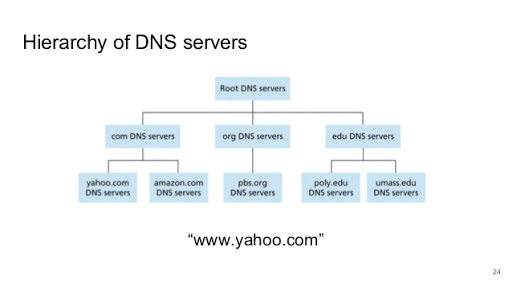How Does Internet Works? | Introduction and Process
Introduction To Internet
The Internet is a group of computers which are connected together and Communicate throughout the world. Nobody has authority all over the Internet, that means no single person hold the Internet because we know that Internet is globally used by every single person in the world.
There are almost 192 countries represented on the Internet. Internet is used widely in every country and it becomes a part of our life. Whether we need any Information, book tickets, Chatting, Business and more facility are available by using the Internet.
The Internet is only exist because the Collaboration of many different organizations cooperate. They provide the Services and support needed to sustain it.
People do find information on Internet and share their opinion, and their thoughts which provides a online platform for those who use Internet instead of books.
There are almost 4.66 billion individual user on Internet an it would be completely unmanageable to all interconnected. The Internet is a networks of networks that means the individual users does not access the internet directly instead of it they access the internet form the another network. The network maybe like: LAN, MAN, WAN.
Internet Addressing & DNS:
We send the messages on Internet but the messages are sent from Source to Destination.
So there are two kinds of address to know who is the sender and who is the receiver. The Computer sender and receiver both should have their unique address to send data form source to destination.
There are two ways to express the address of source and the address of destination :-
- IP(Internet Protocol) Address.
- Domain Names.
IP Addresses :
- IP Address exist on the every computer device which uses network.
- There are 2 versions available of IP Address:-
2. IPV6 (IP Version 6)
IPV4:
- IPV4 address is of 32 bits in length of four number between 0 to 255 to address computer.
- IPV4 address includes four octal numbers which are separated by dot (.) among them.
- TCP/IP uses 32 bits, or four numbers between 0 and 255, to address a computer.
- This is an example of IP Address : 192.68.20.50
- Each pc has their unique IP Address.
- IP Version 6 is a new version of IP address.
- The Additional feature it provides the security QOS.
- IPV6 address is 128 bit long, written as eight 16-bit pieces, separated by colons(:).
- Each piece is represented by four hexadecimal digits.

- Example : 1080:FABC:2ABC:1920:9876:AE00;D4E5:0123
Domain Names :
The IP Address provides you the destination address but these address are in numerical. For computers, keeping track of these numbers is no problem, but for their human counterparts, numbers can be difficult. For Human it is not possible to remember IP address.
To Solve these problem and to make it easy the DNS (Domain Name System) was introduced in 1984.
The domain name replace the IP address used to search. Domain name made up of letters or words organized in a hierarchy or inverted tree.
Names used for TCP/IP address are called domain names.
for example : google.com is a domain name and it is easy to remember than IP address number like : 192.68.20.50
List of Top-Level Domains :
- .com : commercial organizations, as in wikipedia.com
- .edu : educational organizations, as in ucla.edu
- .gov : governmental agencies, as in ahmedabadcity.gov.in
Thank you for reading this post How Does Internet Works? | Introduction and Process.
share your reviews, subscribe and don't forget to feedback.





0 Comments